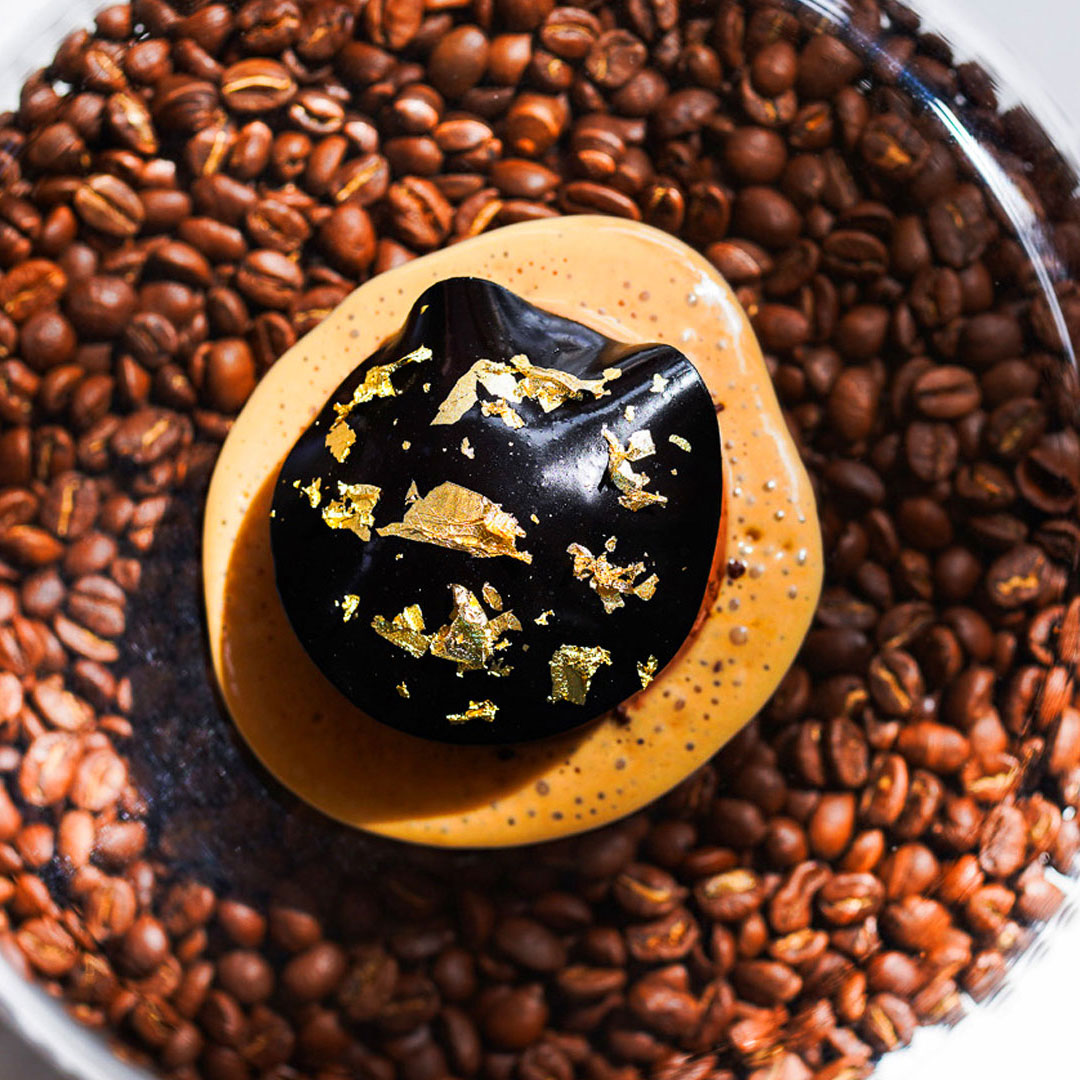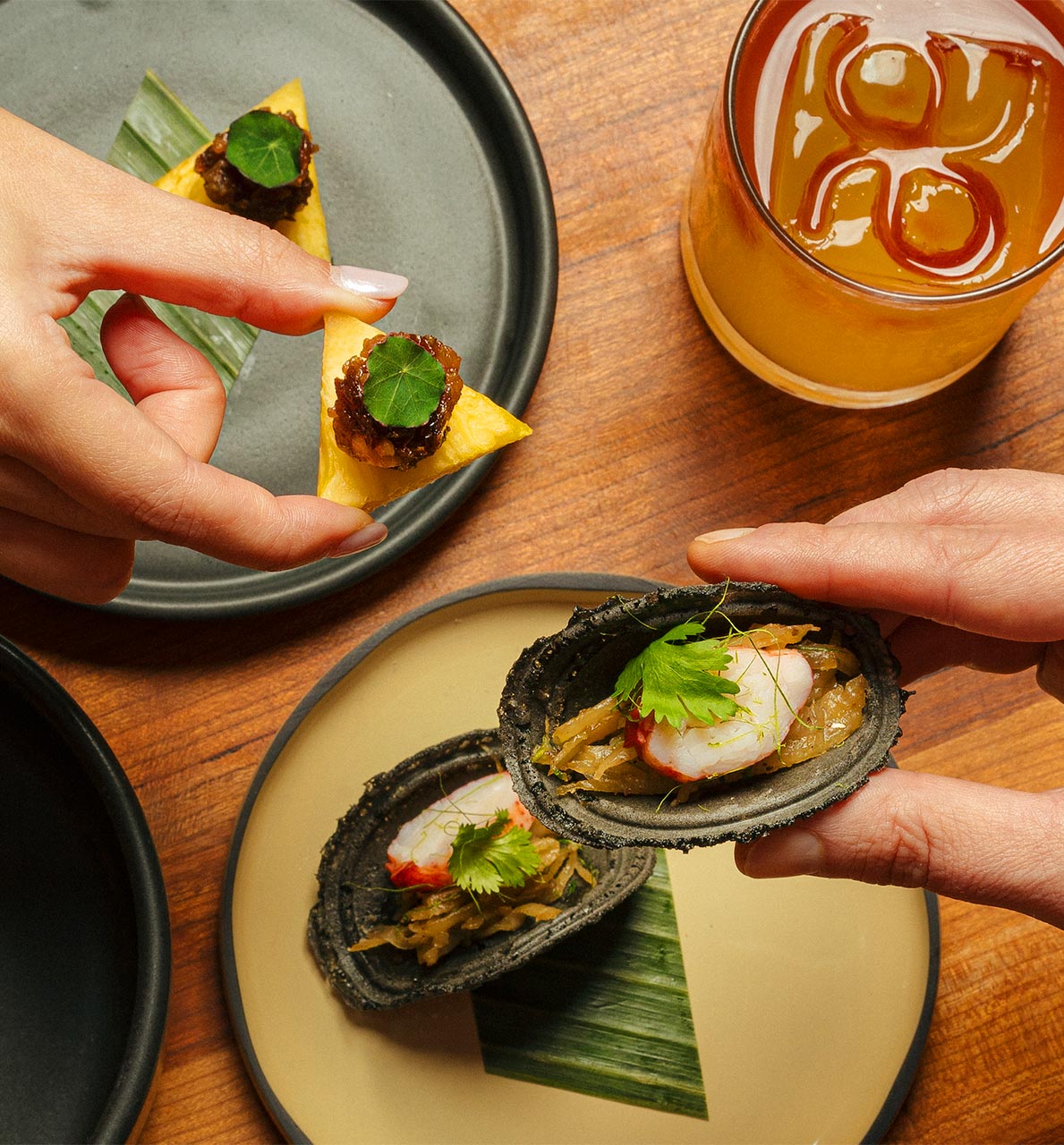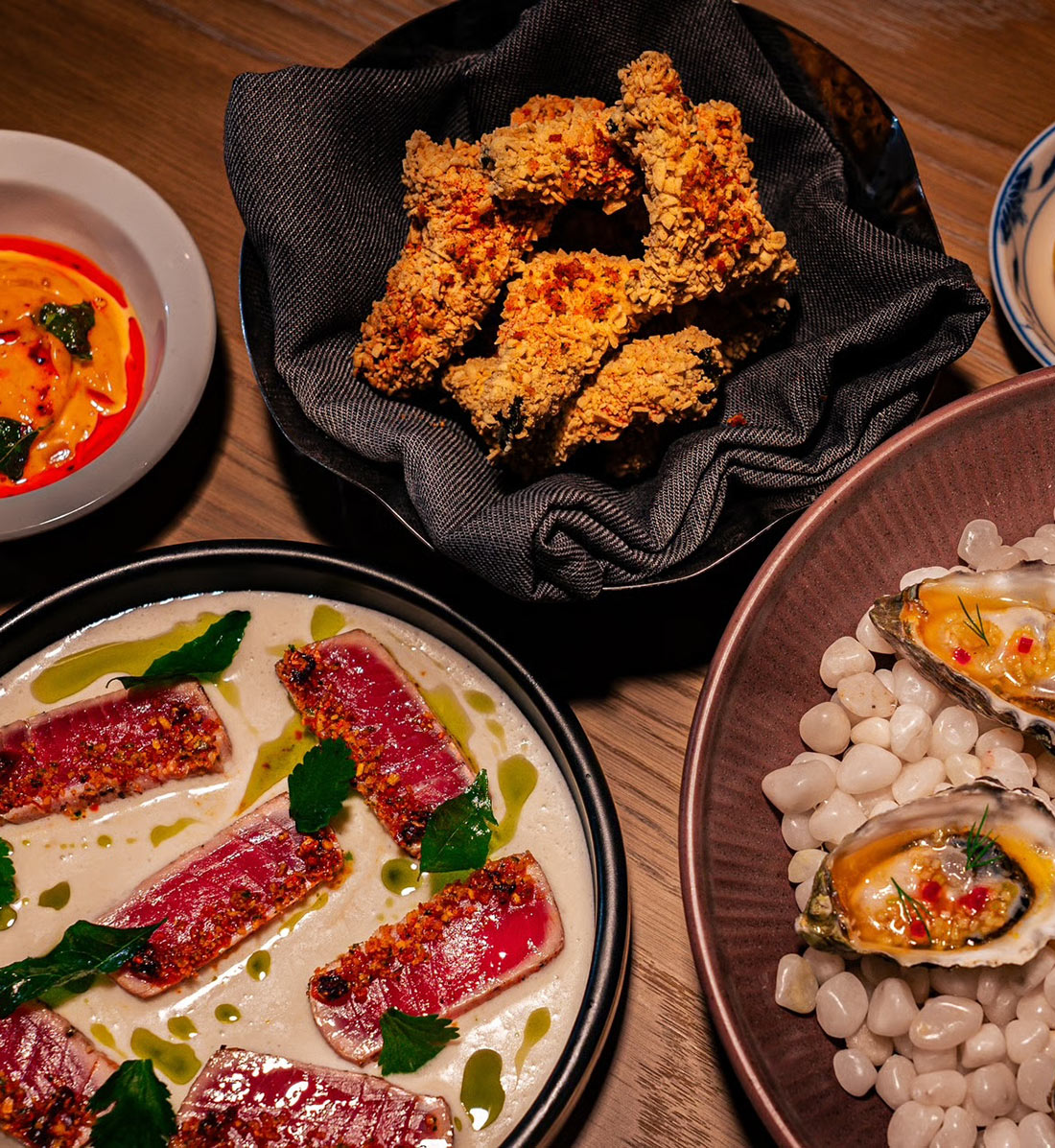Restaurant pop-ups or chef residencies have gained steam in our post-pandemic society. For guests, there’s an allure of gaining access to talents for the price of one, but for chefs, it’s so much more—a chance to target a new audience, work with new ingredients, and learn cultural techniques to inspire them when they return back home.
Below, we speak with chef Massimo Falsini of MICHELIN One Star and Green Star Caruso's on his latest venture that brought him to the sunny shores of Mexico.
Last year, Rosewood Mayakoba on Mexico’s Yucatan Peninsula and Rosewood Miramar Beach on California’s Central Coast, began a collaboration of their own. “The idea of the connection between the two Rivieras,” explained Massimo Falsini, culinary director for Rosewood Miramar Beach.
Caruso’s is the One MICHELIN Star and Green Star oceanfront dining experience at Rosewood Miramar Beach. It’s at this picturesque spot where Falsini’s cuisine takes cues from his Southern Italian heritage, but with a decidedly Californian bend and emphasis on sustainability and hyper-local sourcing. Chef Juan Pablo Loza, director of culinary operations at Rosewood Mayakoba, though honing technique from his Mexican roots, shares the same beliefs and approach, creating an automatic synergy between the two (both resorts are certified on the Monterey Bay Aquarium’s Seafood Watch Program). Therefore, the collaboration features not only the highest quality land ingredients, but also ethical fresh catch from the region.

“Rosewood Mayakoba and Rosewood Miramar Beach are oceanside destinations and we each take our culinary cues from the sea’s bounty,” says Falsini, who spent the past spring in residency at Casa del Lago, Rosewood Mayakoba’s Mediterranean venue. “The menu was developed with the intention to have a relationship with the landscape and be easy to execute yet able to represent the Italian soul behind the Caruso’s experience.”
Menu highlights included Baja yellowtail crudo with epazote chilled tea, Calamansi and jicama as well as charred pulpo with mother mole, fingerling potatoes and watercress. Both dishes used herbs entirely from Mayakoba’s La Ceiba garden.
“Special mention to their epazote,” adds chef about the leafy herb with an oregano and anise flavor that’s often called “Mexican tea.” “[It was] incredibly aromatic and was the bridge connecting the flavors in the crudo.”
Below, Falsini shares his insights and learning upon his return to Montecito and Miramar Beach and discusses the producers he met, what he sourced while on the ground in Mayakoba, how he used those Yucatan-specific ingredients into his dishes, and the techniques he brought back home.

RELATED: Learn how the One Star and Green Star uses innovation to fight the battle of sustainability.
How did you go about planning a menu around a taste of coastal California and Italian flavors to the Mexican peninsula?
We took a similar approach to culinary development for the Mayakoba collaboration as we do here at Miramar Beach and Caruso's—always thinking seasonally and leaning on relationships with local ranchers, fishers and farmers. This mindset travels with us and we let Mother Nature shine through the local landscape and community.
What are some of the most popular items you used from local ranchers, farmers and fishers?
We prepared the “Tagliatelle al Ragu Tradizionale” with pork from a typical Yucatan species called cerdo pelon or bold pork. Totoaba (fish) from a Legal Certified Farm Earth Ocean in La Paz, Baja California. Most of the vegetables were from Oxkutzcab, Yucatan. Fresh greens from Nectar Farms in Chemuyil. Octopus from Puerto Progreso Yucatan. Dairy from Lactography in Mexico City. Blue Shrimp from Marativa Farms in Sinaloa and the Gulf of California. All the seafood used are partners of Pesca con Futuro, the sustainable seafood organization in Mexico.
What were the first steps you took in creating dishes that reflected the above relationship?
First, we did research on products that represented the Yucatan peninsula. There is a long history of agriculture that goes back to the Mayan times when the rain-fed practice Milpa was developed which has long involved cutting and burning patches of forest, planting crops for a few years, then letting the worn-out land regenerate for up to 30 years, before cultivating it again. Milpa has enabled generations of farmers to overcome the Yucatán's poor, thin soil and grow a stunningly diverse set of crops.

Were there any challenges in sourcing the ingredients for the dishes you wanted to create?
Collaborating with chef Edgar Chávez (executive chef, Rosewood Mayakoba), who is very passionate about pre-Hispanic cuisine and in continuous research of small farmers and producers, allowed us to source almost the totality of the ingredients locally. We can’t forget that the tomatoes are originally from Mexico. Some products like Pecorino Romano for the Cacio e Pepe had to be imported, but the semolina flour for pasta, for example, was sourced from Baja.
Did you discover a new favorite ingredient that you’ll incorporate more in your menu back home?
We did find incredible corn and tomatoes for sure. In dishes like the seared Totoaba with heirloom tomato, Oaxaca heirloom corn maque choux, corn Nage, the corn from Oaxaca was as sweet as it could be, it really balanced the acidity of the tomato, and the sweetness of the fish. Back home, though, we are only using what is around the restaurant and I am still in love with our farmers, fishers and ranchers in Santa Barbara.
Aside from the newfound appreciation for their corn and tomatoes—are there any techniques you learned while cooking in Mexico that you’ll apply back home?
We have implemented the Concha in our breakfast bread basket here at Miramar. [Conchas are a soft, sweet Mexican pastry in the form of a rounded cookie. The topping is scored so it looks like a shell, hence their name conchas, which translates to “shells”]. Served warm, we offer two flavors - chocolate and vanilla - which have quickly become a guest favorite. I learned a beautiful recipe from Mayakoba “Patellaro.”
We all know that the concha originated from different European migration towards Mexico. The Mexican diet was based on corn, and the base of Concha is a challah/brioche like dough.
I found this history fascinating, and furthermore, the Concha base reminds me of the famed 'Brioche and Granita' in Sicily growing up…Sicily as well had a very heavy Spanish influence. All that said, I felt an emotional connection to the flavor of the Concha, a childhood memory
What about a mindset or lesson that you’ll apply back home?
The way the team was working in the kitchen was truly remarkable. I was touched from the generosity and the genuine sense of hospitality. I will call it “an intangible warm feeling that comes from the hearth." The only other place in my life I have felt this was Hawaii. Both places reminded me that cooking with love is the only way.






















